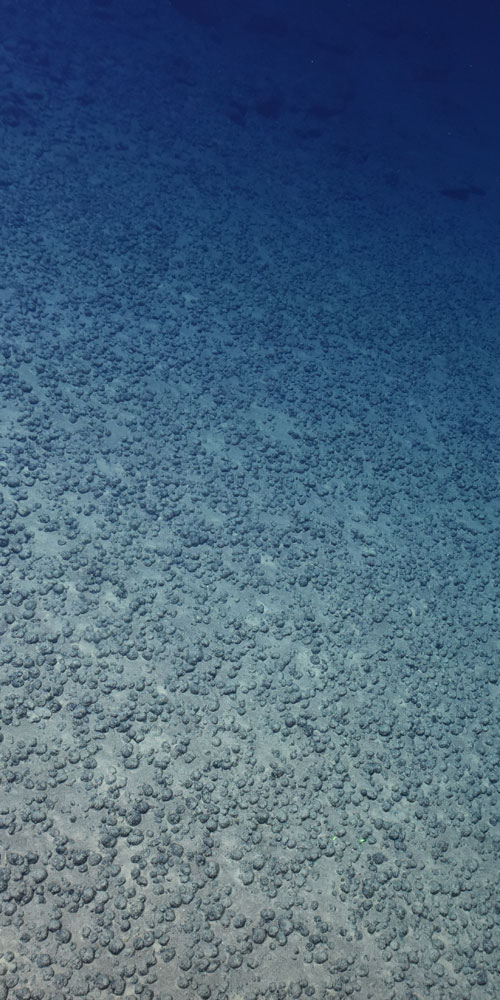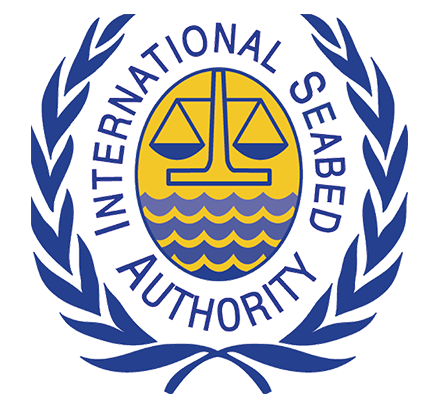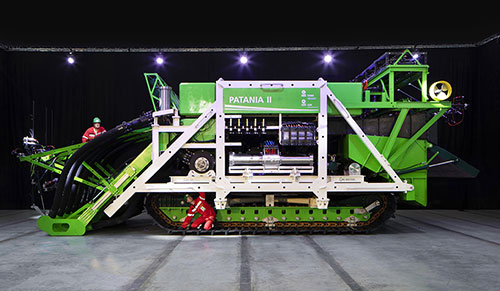The Deep Dive
The Future of Ocean Mining
featuring expert opinions from:





Few topics in the ocean industries are as complex as deep-sea mining. On the one hand, a new industrial frontier beckons us forthwith to harvest much-needed rare earth minerals from the seafloor—such as cobalt and lithium—the very elements needed to build a more environmentally sustainable future; on the other, mounting concerns surrounding the potential risk of causing irreparable damage to the biodiversity found in unique marine ecosystems. It is a subject of increasing interest among a broadening group of publics and, given how emotionally charged opinion tends to be, is a growing source of engaging and often provocative debate.
In its simplest form, deep-sea mining—also referred to as ocean or seabed mining—is the process of retrieving valuable and abundant natural resources from the ocean floor. However, as the last five decades have demonstrated, there is nothing simple about this seemingly inconspicuous activity.
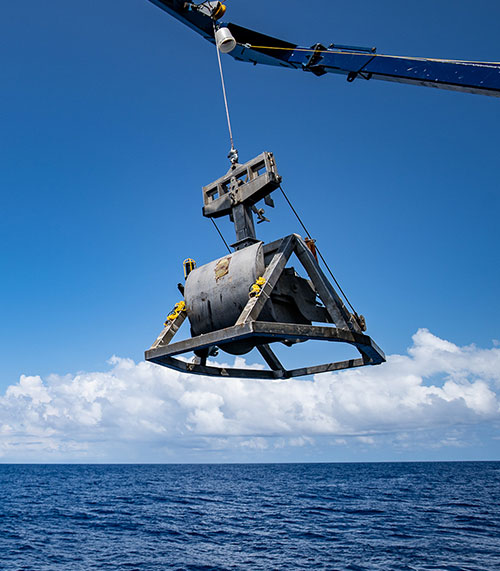
Commercial Interests
Speculation about ocean mining dates back to the 1960s, when geologists of the day suggested that metals found in naturally occurring seabed deposits could be mined to meet the rising demands of a technologically advancing world.
Broadly speaking, there are three types of seabed mineral deposits that are of commercial interest: polymetallic nodules, cobalt-rich crusts, and seabed massive sulphides. Each is found in distinctly different habitats and so can only be accessed with the application of precise and specific mining technology and scientifically robust evaluation.
Type of Mineral Deposit | Average Depth | Resources Identified |
|---|---|---|
Polymetallic Nodules | 4,000 – 6,000 m | Nickel, copper, cobalt, and manganese |
Cobalt-rich Crusts | 800 – 2,400 m | Mainly cobalt, some vanadium, molybdenum and platinum |
Massive Sulfide Deposits | 1,400 – 3,700 m | Copper, lead and zinc, some gold and silver |
In recent years, most commercial interest has been geared towards the harvesting of polymetallic nodules form the seabed of the Clarion Clipperton Fracture Zone, or CCZ.
Polymetallic Nodules?
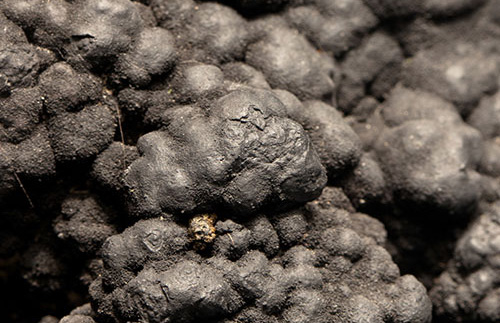
What?
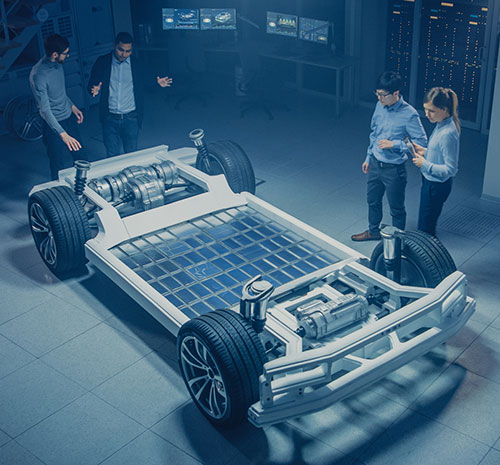
Why?
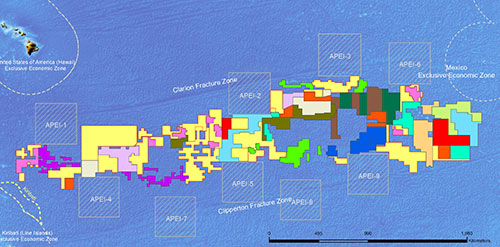
Where?
Ocean Mining Timeline at a Glance
1870s
Manganese nodules were first discovered in the 1870s during the Challenger expedition, the scientific mission that laid the foundation for modern oceanography.
1870s
1960s
The first real sign of commercial interest dates back to the 1960s, and can be traced to the American engineer John L. Mero, who first raised the idea in a 1960 article for Scientific American and in a later book, The Mineral Resources of the Sea.
1967
Maltese ambassador to the United Nations, Arvid Pardo, offered his early assessment of seabed mining in a three-hour speech before the UN General Assembly. He was the first public official to question who was eligible to rightly lay claim to these vast, untapped seabed resources. He mooted that they be designated the “common heritage of mankind.”
1967
1970s
A number of ocean mining consortiums are formed to assess commercial opportunities and propose the technologies required to effectively mine the seabed. INCO led the way with the creation of Ocean Management Inc. (OMI), a joint venture that also incorporated AMR (a German consortium), DOMCO (a Japanese consortium led by the Sumitomo group of companies) and SEDCO (a Texas-based offshore services provider).
1978
OMI successfully runs the first deep-sea mining pilot test in the Pacific aboard the SEDCO 445. The team collect approximate 1,000 tons of polymetallic nodules.
1978
1982
The creation of the United Nations Convention on the Law of the Sea (UNCLOS), replacing the 17th Century “Freedom of the Seas” concept. UNCLOS was designed to define the rights and responsibilities of nations with respect to their use of the world's oceans.
1994
Once UNCLOS came to force in 1994, the International Seabed Authority (ISA) was introduced to organize, regulate and control all mineral-related activities in the international waters beyond national jurisdiction, the ocean commonly referred to as the “Area” (typically beyond 200 nautical miles from the coast or, in some cases, a state’s extended continental shelf.)
1994
The Clarion Clipperton Zone
The Clarion-Clipperton Zone (CCZ), in the northeastern equatorial Pacific Ocean, is an abyssal plain of continental proportions between Hawaii and Mexico. As its name suggests, the zone is bound by the Clarion and Clipperton Fracture Zones and is home to be the most abundant polymetallic nodule deposits yet to be discovered, as well as cobalt-rich seamounts.
Studies suggest that nodule volumes, typically found at depths of 4,000 – 6,000 m, range between 0 and ~30 kg m3, with an average of 15 kg m2 (Gollner et al., 2017); this equates to trillions of potato-size rocklike deposits rich in nickel, manganese, copper, zinc, cobalt, and other minerals lying atop a muddy bottom.
Generally speaking, the retrieval of these nodules involves the use of remotely operated vehicles that feed a deep-water riser pipe to transport the nodules to a surface vessel for cleaning and processing. The nodules are then destined for a land-based facility, whilst the rinsed sediment is returned to the ocean.
Less Than Clarion Concerns
The friable nodules require highly engineered extraction methods and the expert deployment of seabed mining technology, however, many among the science marine community are concerned about the long-term impacts of disturbing the seafloor in this manner.
At these depths, the nodules are the only hard substrate found on an otherwise barren seafloor, and so they are an anchor for megafauna and provide safe harbor for small sea creatures. According to some estimates, more than half of the megafauna is reliant on the nodules as a hard substrate (Gillard, Purkiani et al. 2019). Not only are nodules often covered with sessile organisms, but crevices are also inhabited by meiofauna. Many species may be endemic, but to what extent remains unknown (Gollner et al., 2017).
As interested parties debate the pros and cons of ocean mining, the general consensus from the marine science community is that exploitation activity in the CCZ, beyond the exploration permits already awarded, should be limited and heavily regulated to safeguard against irreparable damage.
Call For Regulation
The International Seabed Authority (ISA) is an autonomous international organization responsible for regulating deep seabed mining, which gives “special emphasis to ensuring that the marine environment is protected from any harmful effects which may arise during activities, including exploration”
(isa.org.jm).
ISA’s ongoing mandate is to consider contractor applications for the exploration and exploitation of deep-sea resources, evaluate environmental impact assessments and supervise mining activities in the “Area”—defined as the seabed and ocean floor found beyond the continental shelf or approximately 200 nautical miles from mainland, and therefore beyond the limits of national jurisdiction.
Central to this is the establishment of a set of regulations for companies and sponsoring States, the effective protection of the environment and the management of seabed mineral resources. This is commonly referred to as the “Mining Code” and consists of a comprehensive set of rules, regulations and procedures to which ocean mining entities must adhere when prospecting, exploring or exploiting marine minerals found in the international seabed area.
All rules, regulations and procedures are issued within the general legal framework established by United Nations Convention on the Law of the Sea (UNCLOS), in particular its Part XI on the Area, and its 1994 Agreement relating to the implementation of Part XI of UNCLOS.
To date, ISA has issued Regulations on Prospecting and Exploration for Polymetallic Nodules in the Area (adopted on 13 July, 2000) which were later updated and adopted on 25 July, 2013; the Regulations on Prospecting and Exploration for Polymetallic Sulphides in the Area (adopted on 7 May, 2010) and the Regulations on Prospecting and Exploration for Cobalt-Rich Crusts (adopted on 27 July, 2012).
So far, ISA has approved 31 exploration contracts to state sponsored interests for the exploration for seabed resources in the Area (the majority being for polymetallic nodules in the CCZ). In 2021, as a new decade of ocean exploration dawns, attentions now turn to the ratification of draft Exploitation Regulations.
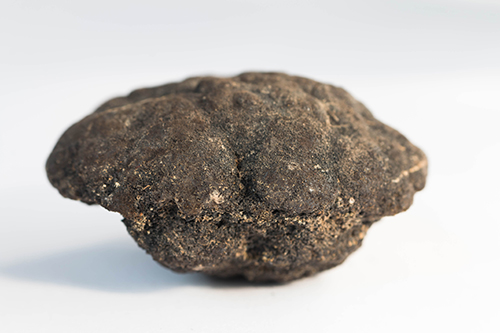
Environmental Due Diligence: APEIs
In July 2012, the ISA approved an Environmental Management Plan for the CCZ, a proactive spatial management plan designed to advance interests in mining exploitation while recognizing the designation of Areas of Particular Environmental Interest (APEI). The original proposal for the plan was based upon the results of the Kaplan Project (2002-2007), a collaborative undertaking by the Authority to assess biodiversity, species range, and gene flow in the abyssal nodule provinces. The Kaplan Project concluded that appropriate measures were needed to protect and sustain biodiversity in the CCZ and, as a result, a network of nine protected areas was established to preserve the CCZ’s full range of habitats and communities, including those native to abyssal plains, abyssal hills, seamounts and fracture zones.
These bio-geographic sub-regions were determined to be large enough to maintain minimum viable population sizes for species potentially restricted to a sub-region (Lodge et al., 2014). Each APEI is 400 km x 400 km and, with buffer zones to mitigate against any external anthropogenic impacts like sediment plumes, the nine current APEIs represent more than 30% of the total CCZ management area.
Technology In Focus
The exploration phase involves locating deposits, sea bottom scanning and sampling using tried and tested oceanographic technologies in the field today, such as echo-sounders, side scan sonars, deep-towed photography, remotely operated vehicles (ROVs), and autonomous underwater vehicles (AUVs.) The examination of this data is essential in the feasibility and valuation of potential mining activities.
Environmental monitoring and impact assessment analysis relate to the temporal and spatial discharges of the mining system if they occur, sediment plumes, disturbance to the benthic environment and the analysis of the regions affected by seafloor machines. This analysis involves the ongoing examination of disturbances near the seafloor, as well as disturbances near the surface. Observations include baseline comparisons for the sake of quantitative impact assessments for ensuring the sustainability of the mining process.
However, some of the critical technology required for exploitation activities—in particular the collector system—is acutely custom engineered, and while the global pandemic has hindered certain aspects of the ocean mining industry—travel restrictions meant campaign delays and led to the postponement of several critical ISA assemblies—work to develop innovative solutions has pressed forward. Although a great deal of equipment can be borrowed from the offshore oil and gas playbook—drill vessels, riser pipe, etc.—technologists are busy testing sophisticated collector systems for seabed deployment.
While designs for collector systems vary, they are unified by a common goal: to maximize nodule yield with the minimum wastage or environmental damage. This sounds obvious enough, but there is nothing obvious about operating at depths of up to 6,000 m.
